How Australia’s coasts are set to change
It’s something that only 20 other countries have embraced, and now Australia is keen to join them in a big way with off-shore energy generation.
Window-seat passengers who have flown to the UK in recent years will not have missed the abundant white wind turbines sticking up in the waters surrounding that green and pleasant land.
Great Britain is now encircled by an astonishing 2595 individual turbines, capable of generating 14 gigawatts (GW) of electricity.
Fly in to Denmark, Belgium, Germany, China or Taiwan and you’ll see something similar.
But check out what’s coming.
Driven by the need to slash greenhouse gas emissions, and the desire to wean themselves off fossil fuels, developed nations are turbocharging their plans to develop offshore wind.
The UK is aiming to produce 40GW of power through offshore wind by the end of this decade. The European Union has a goal of 60GW. And Asia is projected to have 126GW, spearheaded by China, which has led the installation of new offshore turbines for the past three years.
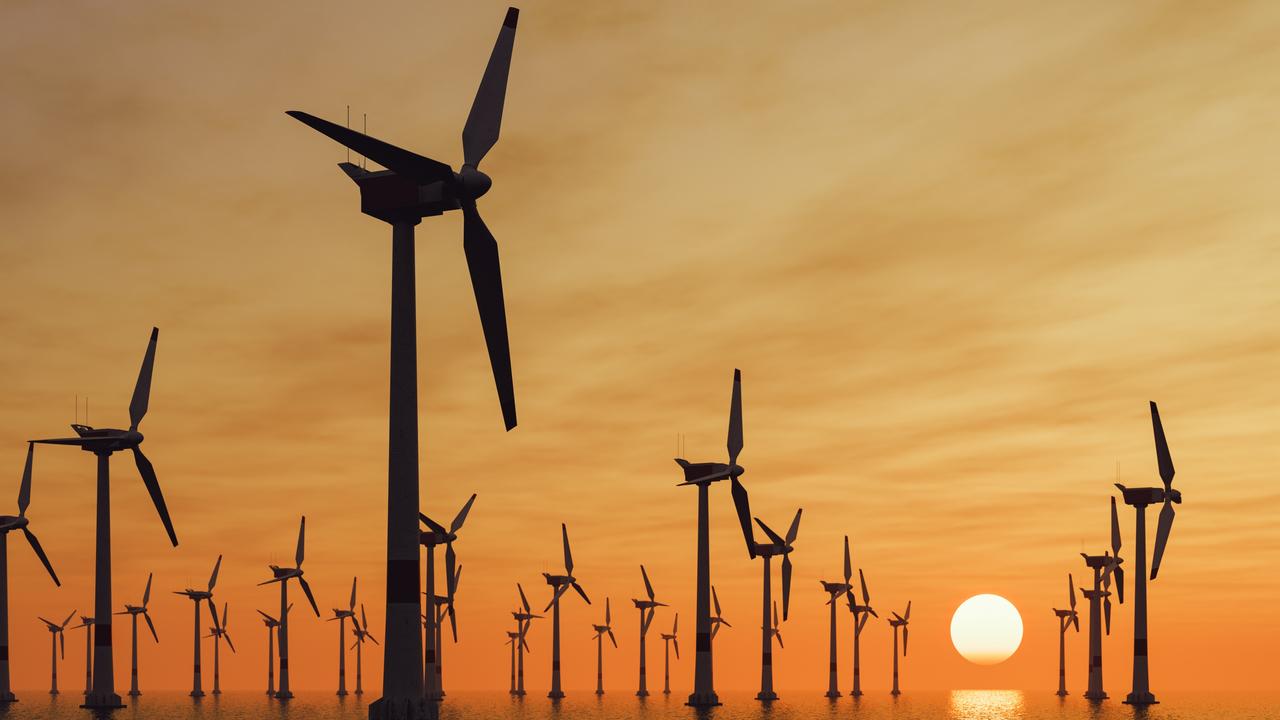
According to the International Energy Agency, 115 nations have land-based wind power, and just 20 have offshore generation – but more and more countries want to join that group.
It’s a party that Australia, girt by sea in every direction, has only just announced its intention to join.
But we’re doing it in a big Australian kind of way, with three zones for the development of offshore wind declared in the past year, and more on the way.
Click here to find all the stories in Future Energy campaign
The zones are big, too: the Star of the South project in the waters off Gippsland is expected to generate 2.2GW of new capacity by 2032 – enough to power around 1.2 million homes across Victoria.
The Hunter Valley offshore wind zone will be even bigger, 1800 square kilometres – with an anticipated capacity of 5GW.
The third proposed zone stretches from Warrnambool in Victoria to Port MacDonnell in South Australia, but the SA government has asked its territory not to be included over concerns about impacts on fisheries and marine life.
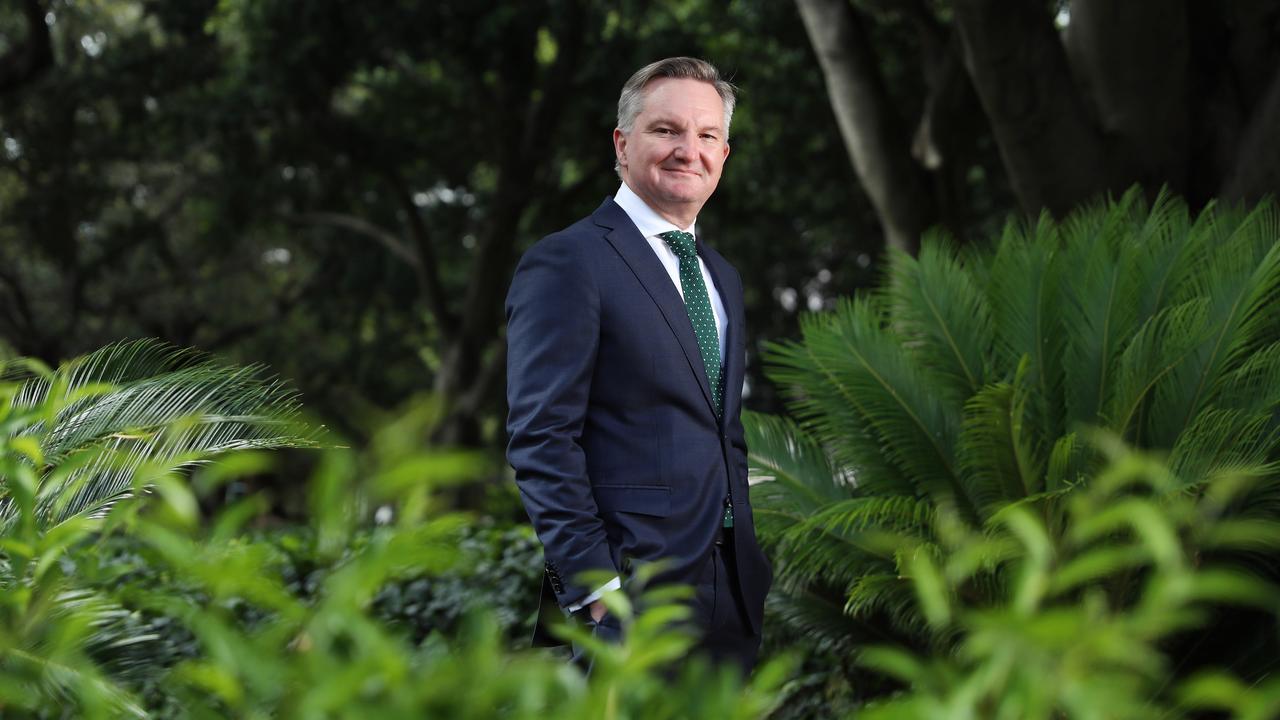
Announcing the creation of the Hunter zone in July, federal Climate Change and Energy Minister Chris Bowen said when finished, the region could create enough power for 4.2 million homes.
“Australia’s the world’s largest island, but we have no offshore wind. That is craziness, and we’re fixing it,” he said.
Alinta Energy chief development officer Ken Woolley said onshore wind would continue to be important, but adding more projects would be difficult as “a lot of the best locations have already been developed and many proposed projects are facing uphill battles to gain community support, build transmission infrastructure or overcome wildlife impacts”.
“Offshore wind, on the other hand, while having its own set of challenges and stakeholders, has no near neighbours, is generally more efficient and reliable, and we can put bigger turbines out of the way of people and population centres,” he said.
“It could be a shot in the arm for the transition at the perfect time. Big, efficient turbines, out of people’s way, harnessing more a consistent wind resource.
“We just have to be smart and put them in the right locations, where they can coexist with existing uses and users.”
But there are critics. The wind doesn’t always blow, sometimes for long periods. The UK had a protracted “wind drought” last year, forcing authorities to draw more capacity from gas-powered power plants instead.
Champions of wind say the risks can be ameliorated with improved turbine and blade design and the addition of battery units.

Renewables market expert Robert Liew from global energy consultancy Wood Mackenzie said offshore wind carried greater risk than land-based wind farms, particularly projects with floating foundations which are in deeper water and thus face more extreme weather conditions.
“Floating projects are located in deep waters which can often face more extreme weather conditions (typhoons, high waves, storms) which increases the risk that something could go wrong,” he said.
Meantime, land based wind power is already responsible for 12.8 per cent of generation in the National Electricity Market, with 110 farms operating and 21 in development.
WHERE OFFSHORE WIND WILL GO
GIPPSLAND
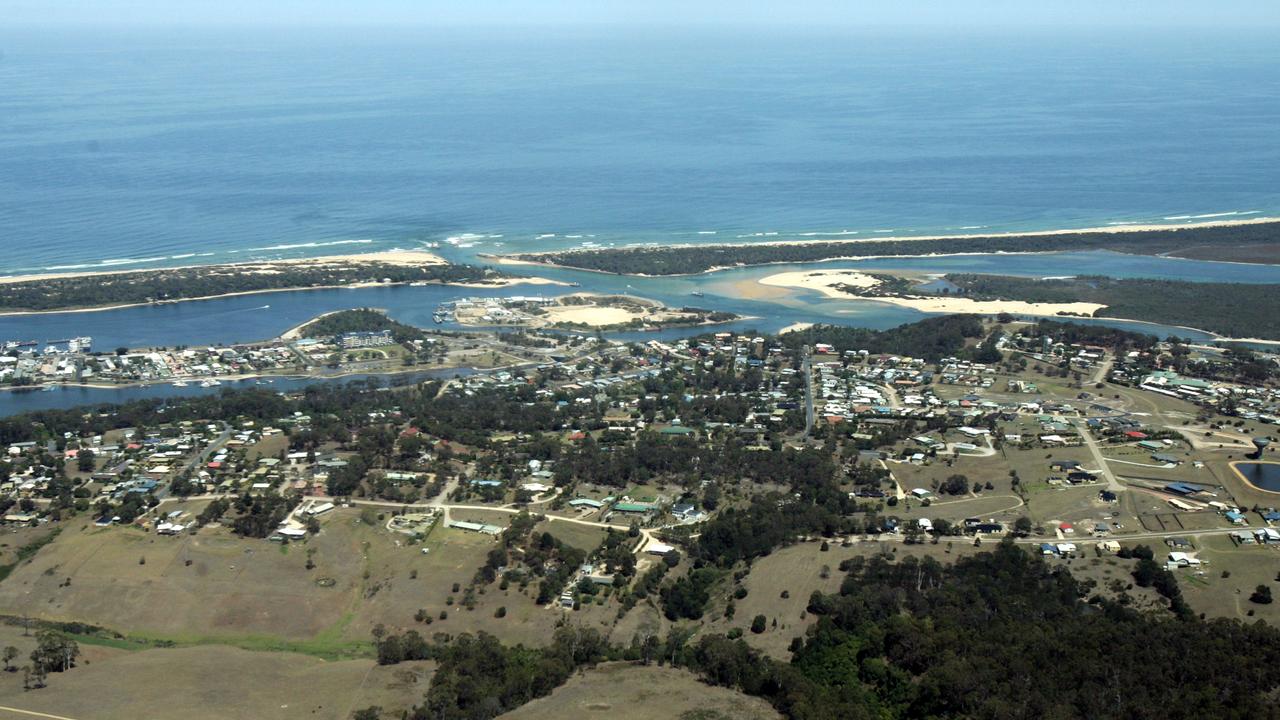
The Star of the South wind farm project off the coast of Gippsland, currently in the planning stages, will comprise up to 200 turbines, sitting in a 15,000 sq km zone declared in December 2022.
If developed to its full potential, it will generate up to 2.2GW of new capacity, powering around 1.2 million homes across Victoria.
It has an expected start date of 2032.
HUNTER VALLEY
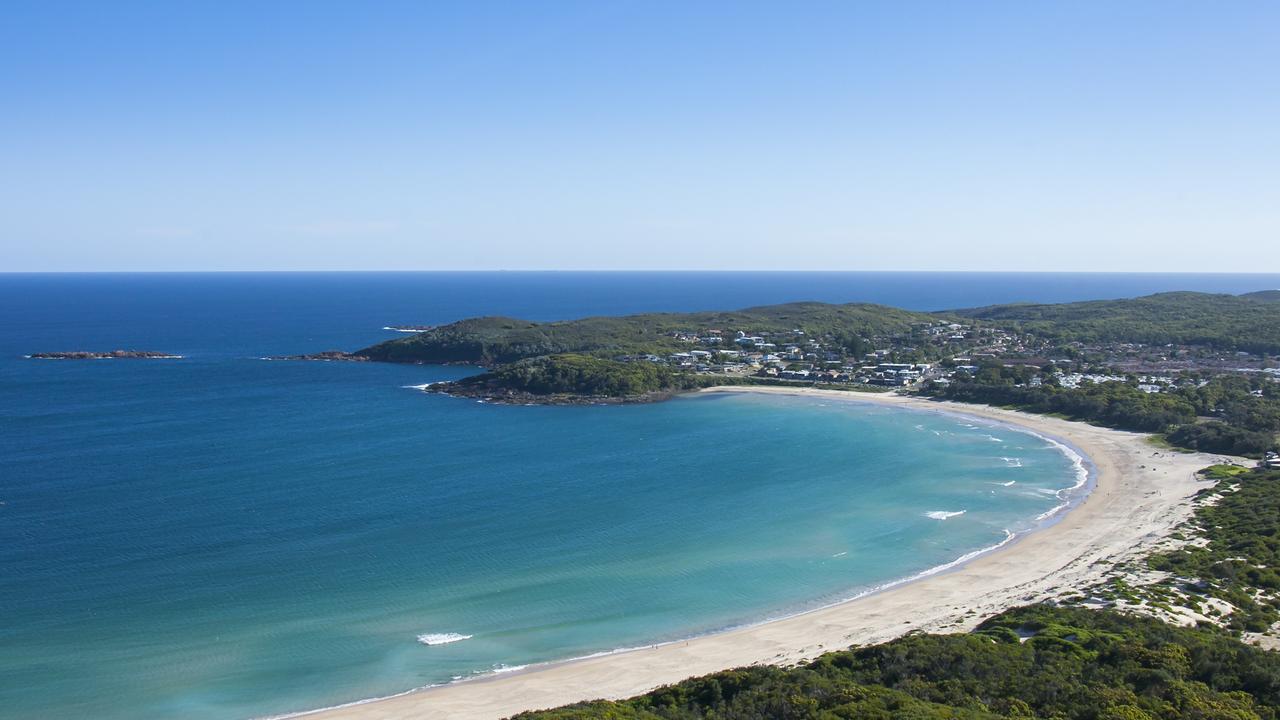
The establishment of the Hunter Valley offshore wind zone, stretching from Swansea to Port Stephens, was announced in July. Originally envisaged as an area that would have the capacity to create up to 8GW of power, it got trimmed back to 5GW after community consultation.
Construction is due to commence in 2028, while the first power could flow as soon as 2030.
The zone is expected to create 3000 construction jobs and 1560 ongoing jobs.
The multi-billion dollar project will use floating wind generation technology and will be located more than 20km offshore to access stronger, more consistent winds.
WARRNAMBOOL TO PORT MACDONNELL
The proposed zone starts 10km from the shore and covers 5137 square kilometres.
It could be used to power the energy-hungry Portland aluminium smelter.
It is estimated to create 3000 jobs in construction and 3000 ongoing jobs.
But the SA government isn’t keen for the zone to stretch across the Victorian border, citing risks to fisheries and marine life.
BUNBURY
There’s no lack of coastline for offshore wind turbines in Western Australia, but the area around Bunbury (south of Perth, north of the Margaret River) has been earmarked as the likely site for the state’s first offshore wind zone. No date for an official community consultation period has been set, but with its ambitious goal of reducing emissions to 80 per cent below 2020 levels by 2030, the WA state government is expected to be an enthusiastic supporter.
ILLAWARRA
A proposed Illawarra offshore wind zone could potentially produce 2GW. Construction is expected to commence in 2028, with “energisation” from 2031. Turbines are likely to be around 18-20km from shore.
BASS STRAIT
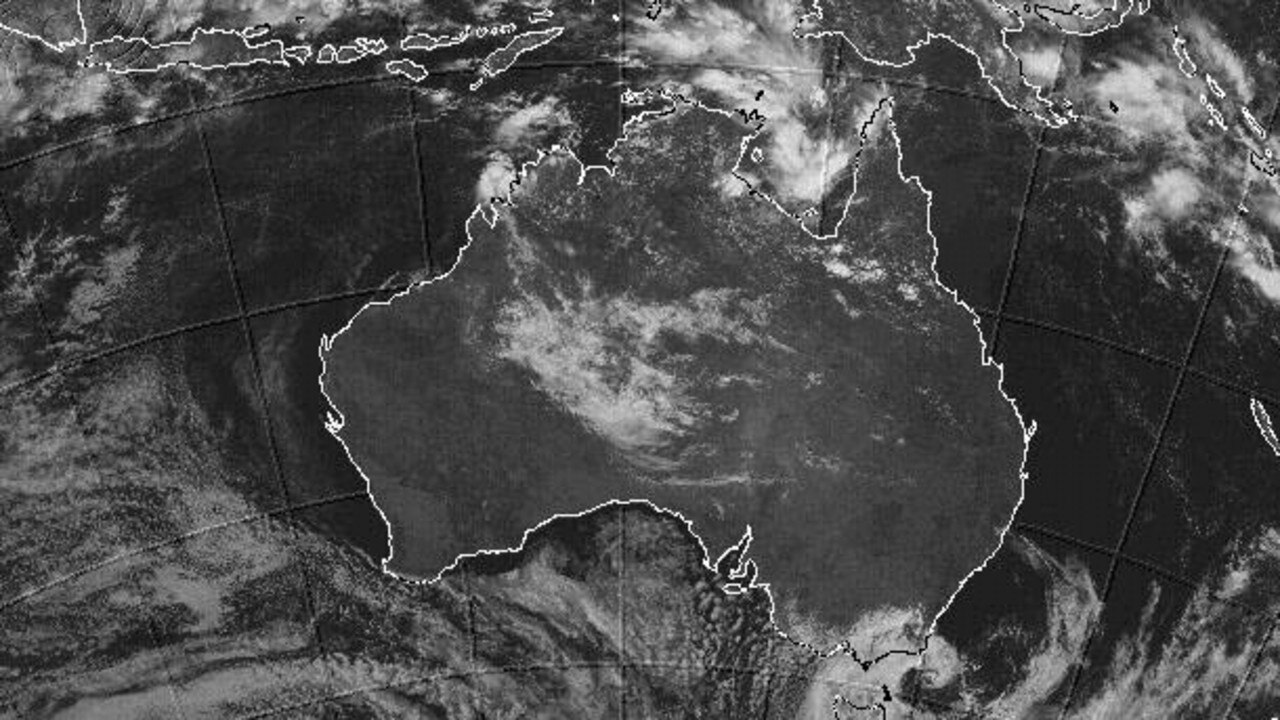
As any Sydney-to-Hobart veteran will tell you, Bass Strait winds are strong, often treacherous, and nearly constant. Speeds average 9-10 metres per second, making it equivalent to the UK’s North Sea. Under the Bass Offshore Wind Project, as many as 70 turbines would be positioned off the northwest coast of Tasmania. The proposal already has state government approval.




